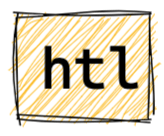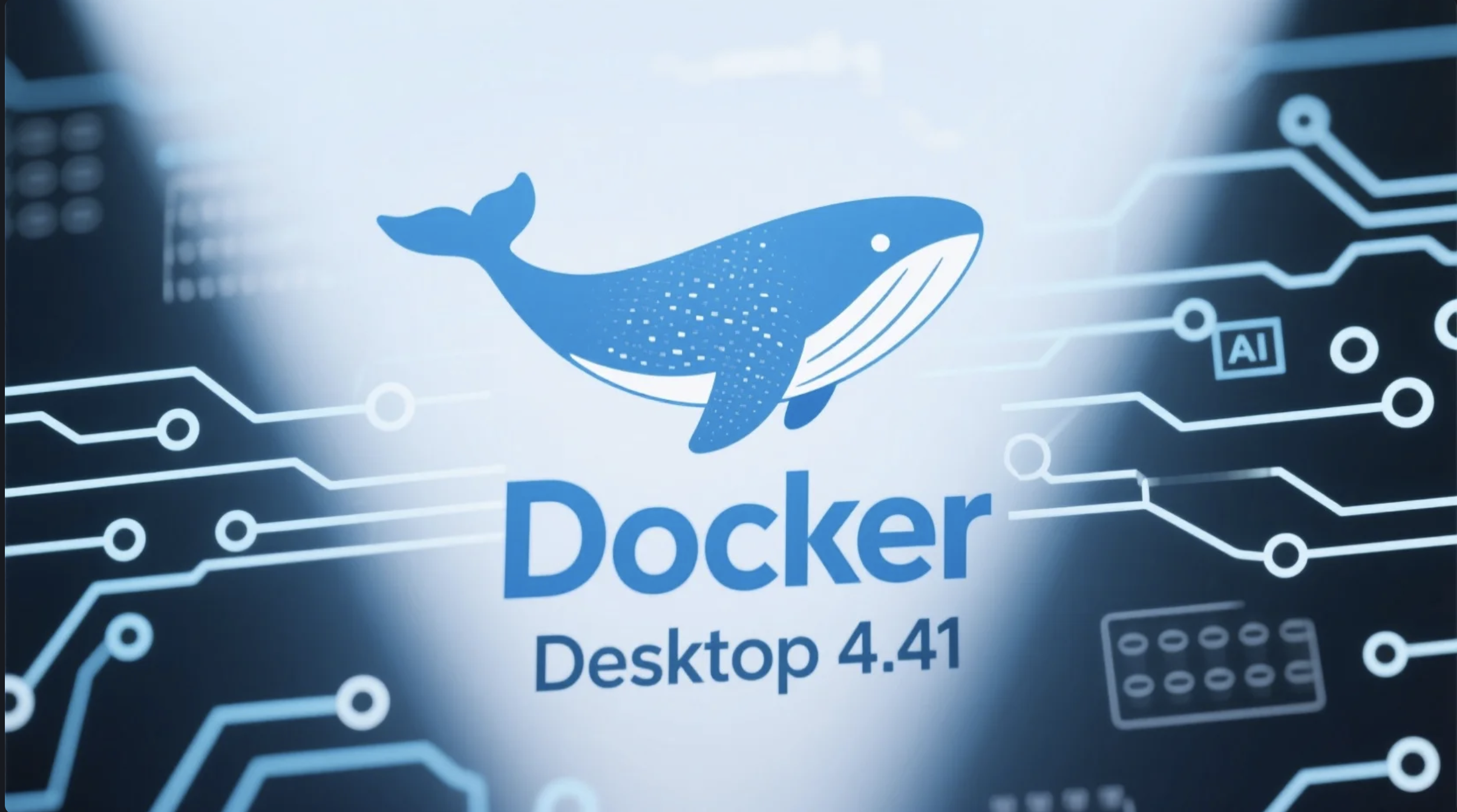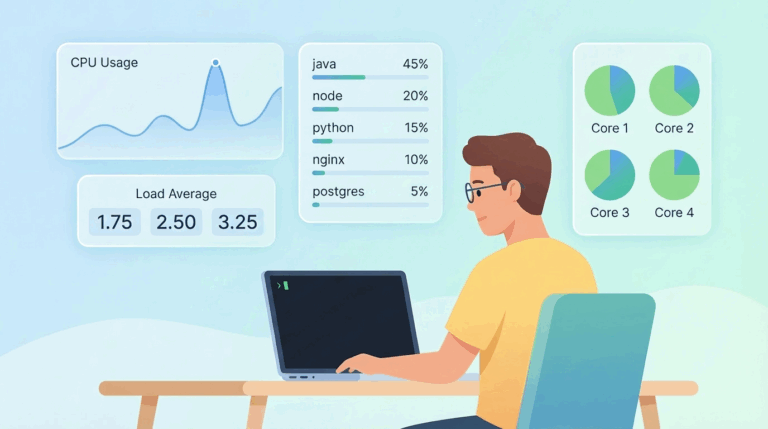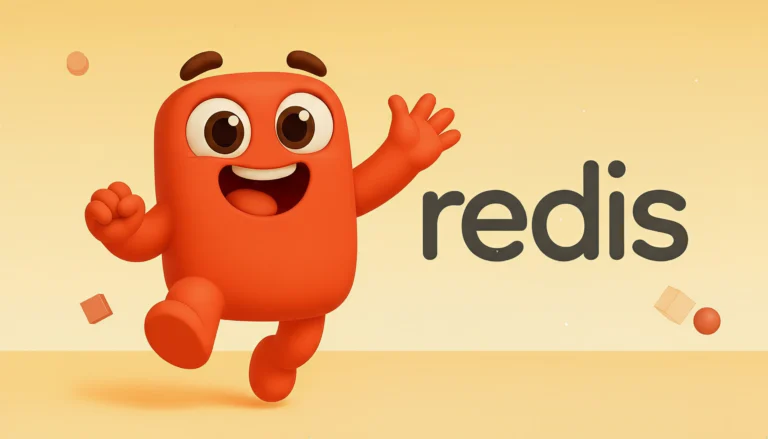Docker Desktop 4.41 is here, and it’s packed with upgrades — especially for Windows users. Whether you’re building containers, testing microservices, or running local AI models, this release makes life easier. And yes, you can now grab Docker Desktop directly from the Microsoft Store.
Table of Contents
What’s New in Docker Desktop 4.41?
The headline feature: Model Runner is now available on Windows — with full GPU acceleration (thanks to NVIDIA). That means Windows developers can now run large language models locally.
But that’s just the beginning.
1. Now on the Microsoft Store
Docker Desktop is now offered as an EXE package in the Microsoft Store, making installation and updates a breeze. If your team uses Intune for device management, you’ll appreciate the tighter integration and centralized license controls. Plus, updates are handled automatically through Windows, reducing help desk overhead.
2. Run AI Models Locally on Windows (with GPU support)
With Model Runner, you can spin up and run AI models natively using WSL 2 and GPU-PV acceleration. This gives developers a seamless way to work with machine learning tools locally — with all the speed and flexibility of Docker.
Use your regular Docker CLI. Or fire up the new “Models” tab in the Docker Desktop UI for a more visual experience. You can browse models, launch them, or even push your own to Docker Hub — no need for a separate registry.
3. First-Class Support in Compose and Testcontainers
Model Runner now works right out of the box with Docker Compose and Testcontainers (Java and Go supported for now). This lets you integrate AI services into your microservices stack — or run full end-to-end tests — without ever leaving your IDE.
4. Mac Users: Time to Say Goodbye to QEMU
On the macOS side, Docker is officially retiring the old QEMU backend on July 14, 2025. If you haven’t already, you’ll be switching to Apple’s built-in Virtualization Framework (or trying out the Docker VMM beta). Don’t worry — multi-arch builds are still supported, so your “build once, run anywhere” workflows stay intact.
Why This Matters
Problem: Running AI workloads locally on Windows was clunky — especially if you needed GPU support.
Solution: Docker Desktop 4.41 brings native GPU support and tight integration with tools like Compose and Testcontainers.
See also: Mastering the Linux Command Line — Your Complete Free Training Guide
Benefit: Now developers can build, test, and deploy AI-powered apps locally, faster, and without switching tools or environments.
Key benefits
For developers:
- Automatic Updates: The Microsoft Store handles all update processes automatically, ensuring you’re always running the latest version without manual intervention.
- Streamlined Installation: Experience a more reliable setup process with fewer startup errors.
- Simplified Management: Manage Docker Desktop alongside your other applications in one familiar interface.
For IT admins:
- Native Intune MDM Integration: Deploy Docker Desktop across your organization with Microsoft’s native management tools.
- Centralized Deployment Control: Roll out Docker Desktop more easily through the Microsoft Store’s enterprise distribution channels.
- Automatic Updates Regardless of Security Settings: Updates are handled automatically by the Microsoft Store infrastructure, even in organizations where users don’t have direct store access.
- Familiar Process: The update mechanism maps to the widget command, providing consistency with other enterprise software management tools.
Ready to Try It?
Docker Desktop 4.41 is available for:
- Windows (x86_64 and ARM Beta)
- macOS (Intel and Apple Silicon)
- Linux (Ubuntu, Fedora, Debian, Arch, and more)
For installation guides and full release notes, check out the official documentation.
Whether you’re building microservices or experimenting with AI, this update makes Docker Desktop smarter, faster, and more developer-friendly.




